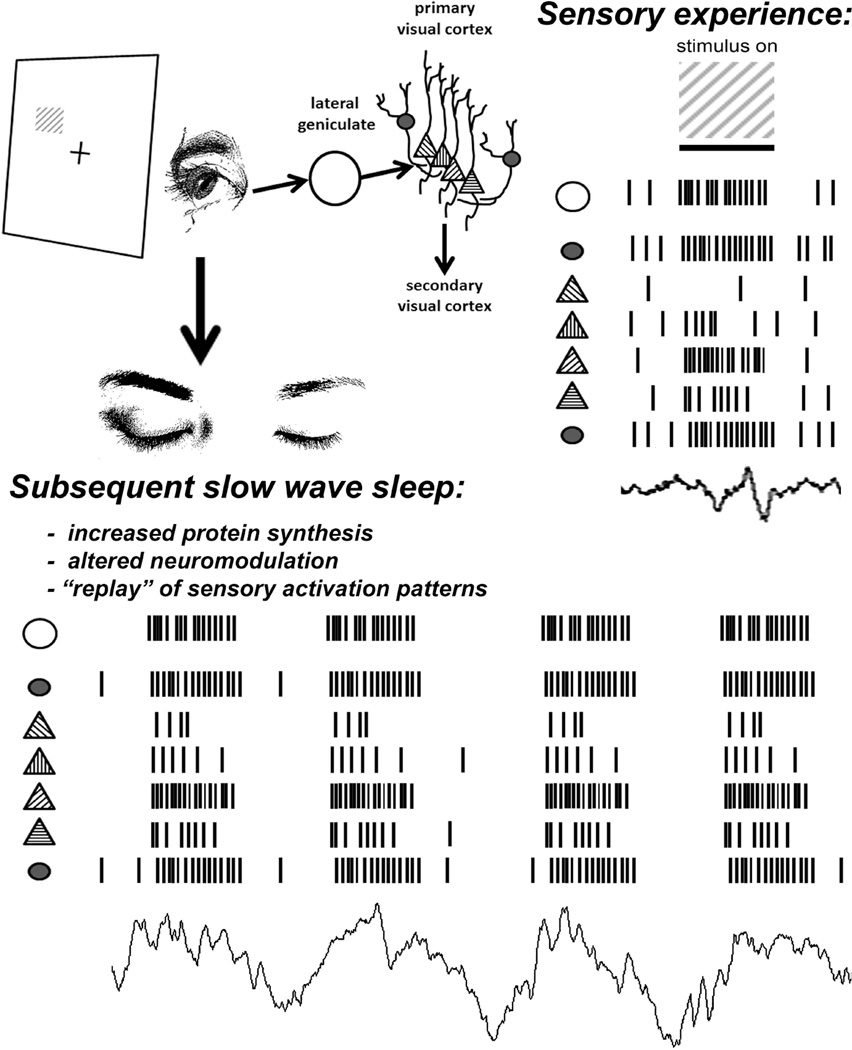Figure 3. Sleep-associated changes in thalamocortical circuits following sensory experience.
During wakefulness, subjects are on a visual task (e.g., orientation discrimination), in which V1 neurons with a specific orientation preference (45°) are specifically activated. During subsequent sleep, numerous changes occur within LGN-V1 circuits that might be conducive to response plasticity and learning. Among these are the synchronous bursts of activity among LGN and V1 neurons that give rise to slow wave sleep oscillations, alterations in neuromodulator tone, alterations in transcription and translation, and “replay” of activity patterns associated with sensory experience. In this case, replay would consist of selective reactivation of neurons preferentially activated by oriented gratings displayed during the previous task.

